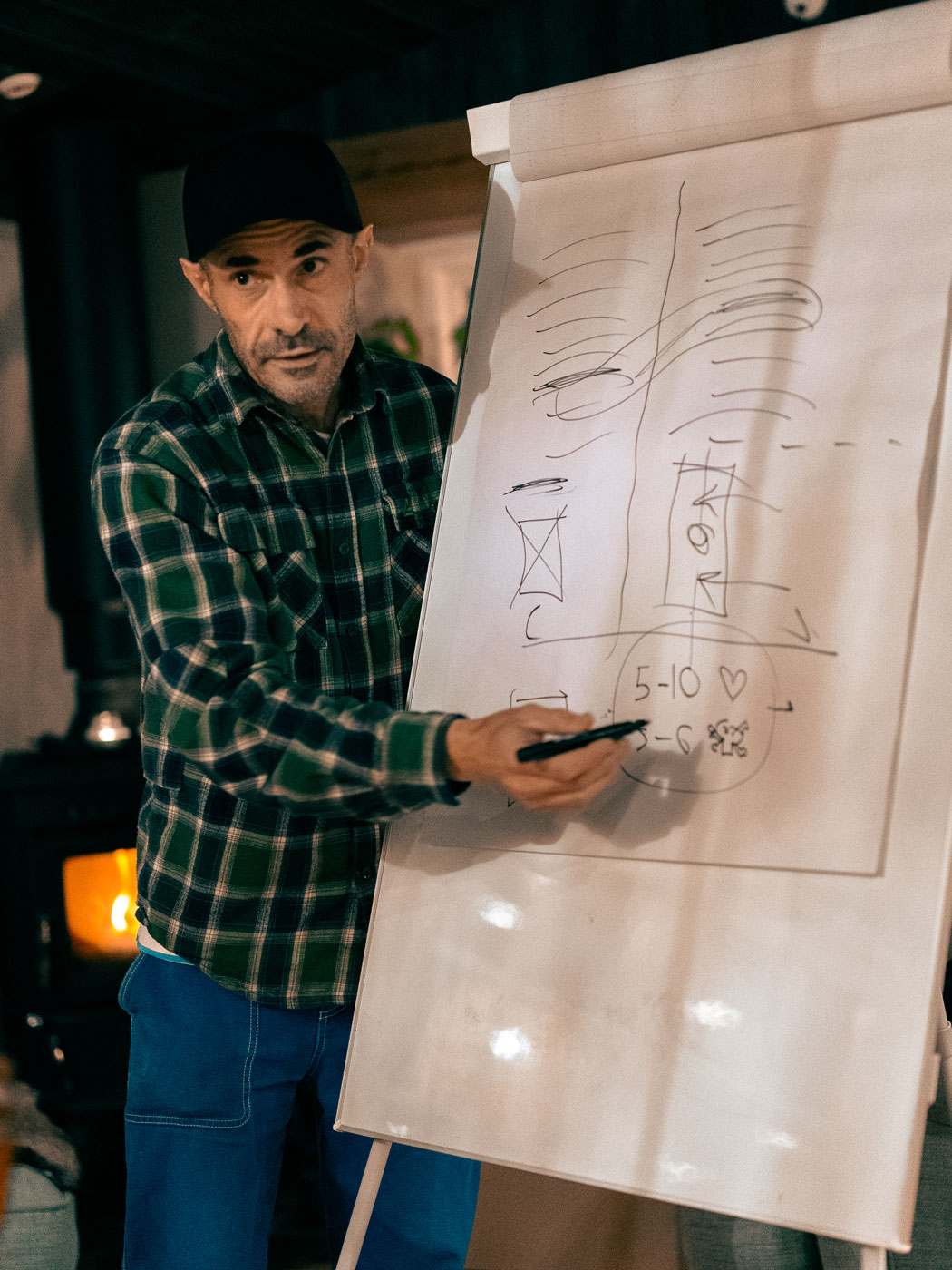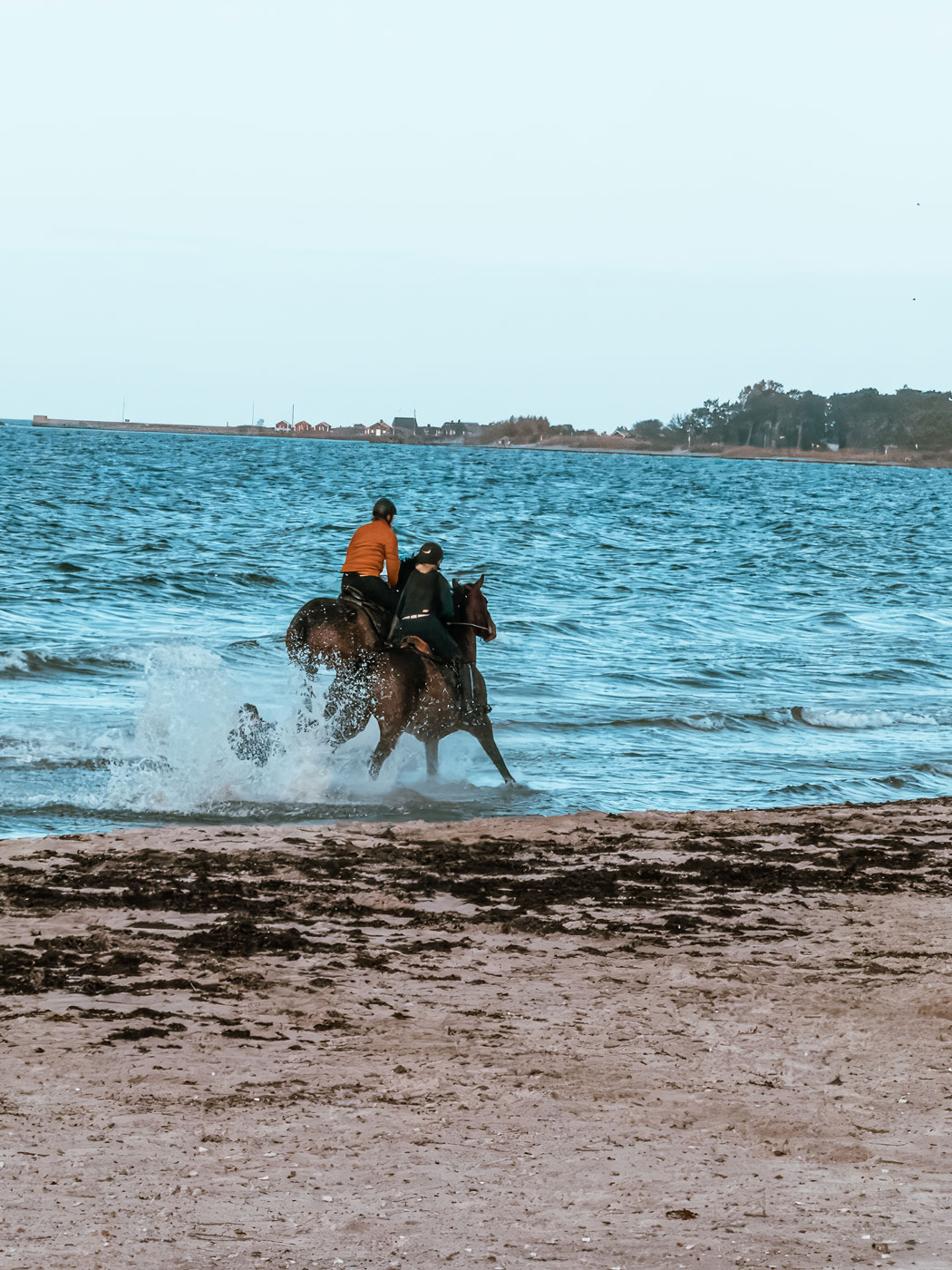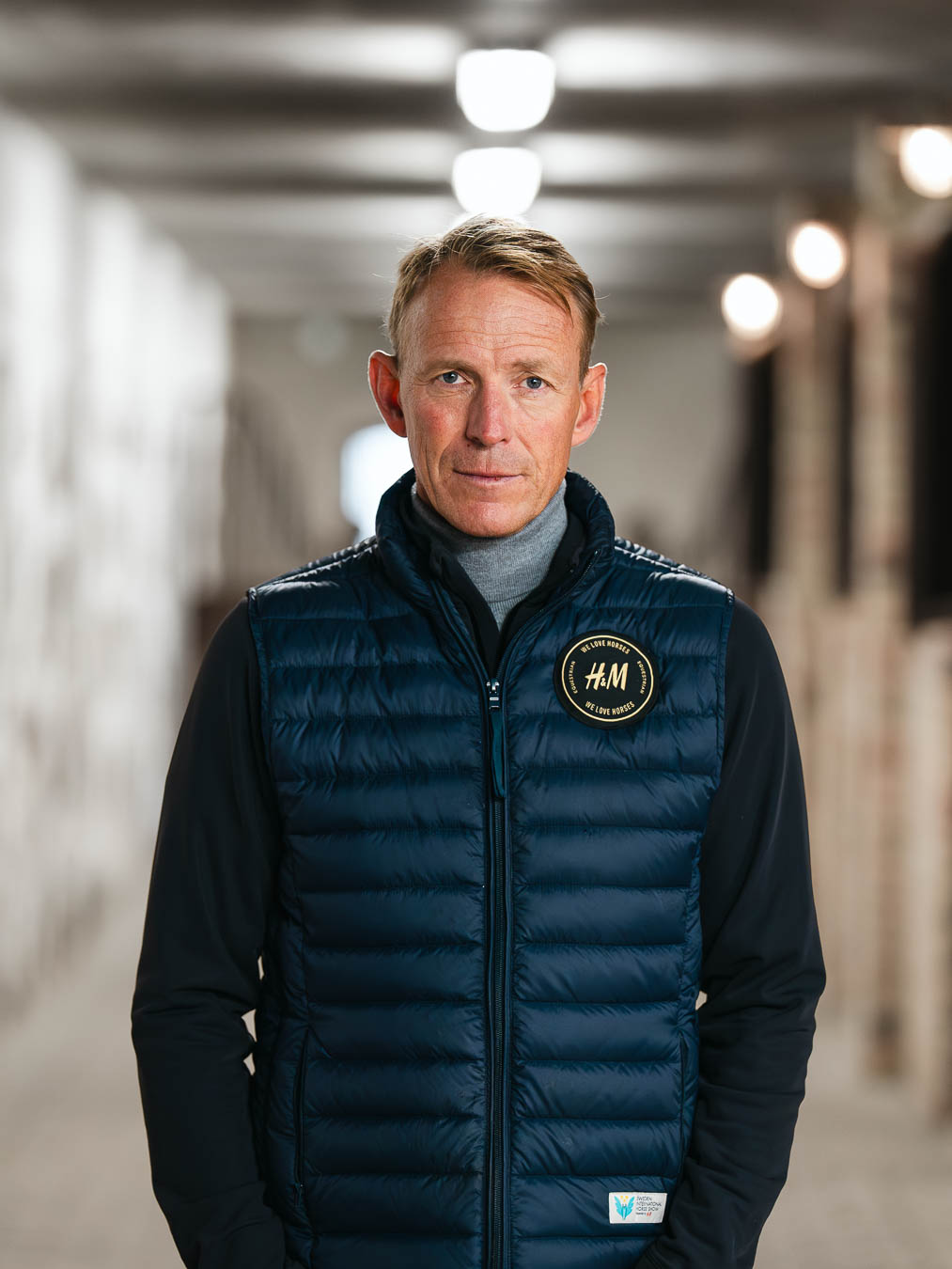
From prototype to the Olympics
-
logo
From prototype to the Olympics
Gotland is a mythical place in Sweden.
The ferry lands in Visby harbor on a Sunday afternoon. I’m instructed to drive south to Hotel Stelor and meet with Ryde’s ceo.
I’m glad I’m here. After the initial call, the project has been on and off. My part was a no-go just a few weeks earlier.
I drive along the coast next to the Baltic Sea. The sea and the cold winters have shaped the land. Nature is rugged, harsh, and scarred. Spending time here in the summer is a walk in the park. Now, in late October, not so much.
When I arrive at Hotel Stelor, it’s closed for the season. It’s dead quiet and eerie – it feels like something out of a zombie movie. The hotel is next to Svältholmen (The Starvation islet), an ancient Viking trading ground and harbor.

I can almost hear the rumble, shouts, and commotion from the ships, animals, and tradesmen by the water. I decided to walk the grounds and capture the feeling of the hotel and the area.
When the hotel opened in



Will I manage to pull this off?
I’m stressed about this project, and I doubt I will come up with decent material.
Firstly, the amount of shooting that is planned. Secondly, the schedule is not only ambitious. It’s borderline physicaly undoable.

Filming handheld for a full day with a
Get a kettlebell and hold it in front of you for a day, and you’ll get the idea.
Another challenge is mental focus. A shooting day from
… so, just the logistics are immense. Then we have the horses. That is another story …

I’ve done about three years of horseback riding before: in the Swedish armed forces and with my daughter Vilda when she was young. I know the size, speed, and power of a
I can’t just walk or run next to it or stand on the side, whipping my camera left to right, hoping to capture cool stuff on pure luck.
So we have to come up with a lot of diy solutions to avoid the filmed material being shit.







Chasing a visual style that stands out
Before heading to Gotland, we talked a lot about the style of the visuals we wanted. One inspiration was the Imported from Detroit commercial Chrysler made for the Super Bowl. It’s rough, grainy, and shaky, but it captures the soul of the Motor City and the origin of Chrysler.
If Ryde brings such a visual style into the very formal, conservative, and cutesy equestrian world, it will definitely stand out, but it also risks alienating the brand.
But heck, it’s what we want, so let’s chase the reality of horseback riding: the hard work, the grit, the early mornings, and the mental stamina it takes to champion riding with your horse. But also the friendship between the rider and the horse, the community of people, and their love for this animal.
Pulling it off
Location - Svältholmen
At Svältholmen, we used a
Learn how to turn daylight to night


Running and gym
For the running and gym scenes, we used a golf car that Patric drove, and I hung out of the back filming Jennifer and Sanna-Marie.
Location - Mulde - terrain
On the third day, we had no access to vehicles, so shooting terrain jumping had to be done on foot.
So there was a lot of running, squatting, and whipping to get what we wanted, and since I’m fit like a fridge that was no problem at all X-|. Plus, I managed to crash the drone … never shut of the obstacle sensors if you can’t fly like a pro :-(
Location – Tofta Beach. A beautiful shit show.
This was the location I looked forward to the most. It’s a very scenic place in Gotland, with its almost white sand dunes and the Baltic Sea.
There is a total vehicle ban on the beach, so we had to devise other ideas to capture the horses.
My idea was to use the visual dynamics between calm drone shots and super up-close underwater footage.
Military protected area
Tofta is a military-protected area, so flying drones there is super restricted. A few weeks before Tofta, I contacted the flight tower in Visby to get clearance to fly.
When I checked the aip sup, which contains information about temporary flight restrictions, the airspace over Tofta Beach was a no-fly-zone zone. The Swedish Navy was test shooting on targets just outside the beach.
But after some back-and-forth with the flight control, I was allowed to fly if I kept the drone below
The beginning became a bit of a shit show from my side. The sd card in the drone malfunctioned, the A-camera refused to start, and the horses were nervous and not keen at all on getting into the water.
But after a short break and a regroup, things started to fall into place, and in the end, we got some of the week’s best material here.
A huge thanks to Hilma and Jennifer for being über patient with me.









The material and the Zero Day Edits
Almost every evening, I sat at the kitchen table sorting, logging, and going through material from the day. To my relief, at least

The Zero Day Edit is a proof-of-concept edit that I made on location. It is a rough cut of the clips from the first days of shooting.
If the team can see early on what the end result can feel and look like … or not look like—it gets them engaged and involved in the project.
Without the Zero Day Edit, all they see is me running around with what looks like a sub-standard camera rig.
At breakfast day
Trip music
There wasn’t much time to scout or go to the locations before we shot. So this time, most of my planning was done on the
During the week at Gotland, it kind of became my breathing space when driving to the location.
This time, the songs on repeat were Stockholmsvy by Hannes and Den sista sången by Kent.
Wrapping up and the fantastic aftermath
So, now that some time has passed, the Ryde brand has evolved.
Gotland, the product’s origin, and the emotional triggers are not at the center stage anymore.
The brand now relies on the science behind it and the problem it solves for the riders.
Everyone who tried it said it would be completely new and that it would go far. They were right.
Today, Olympic champion Peder Fredricsson is one of the investors in Ryde, and the stirrup was used by several riders in the

The team behind Ryde.




The final edit
The film’s final version is split into two parts, the first grittier and darker. The video then opens with a higher tempo in both cuts and music.
